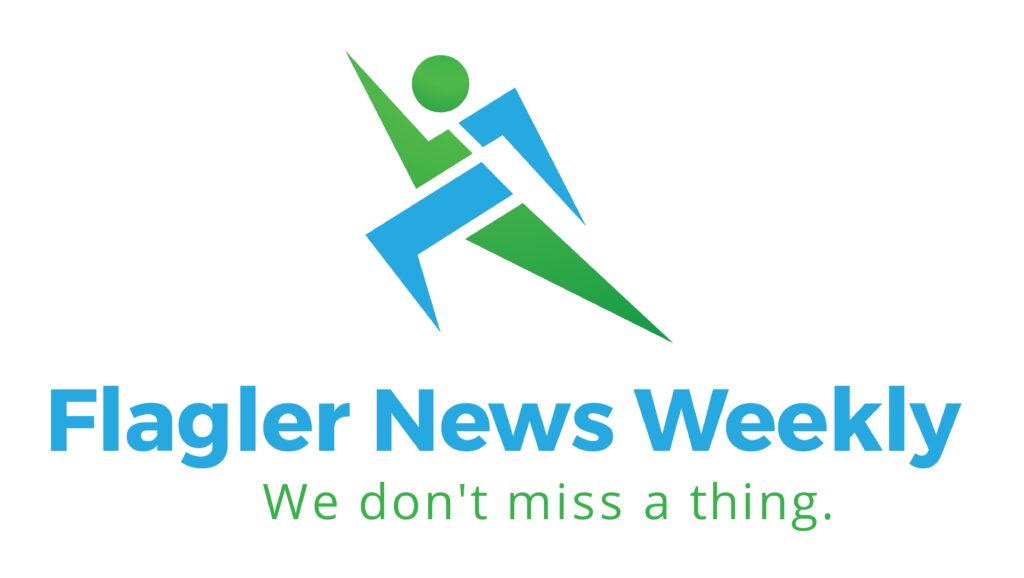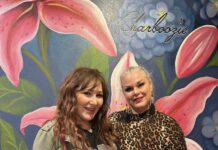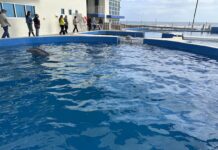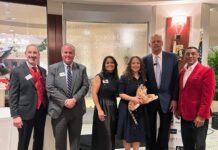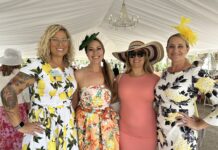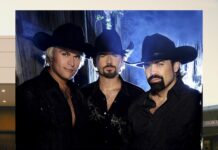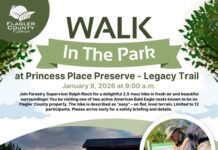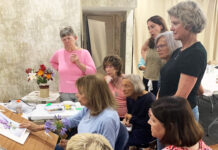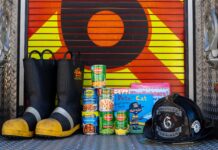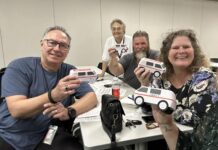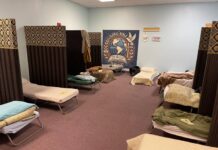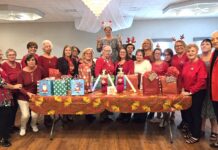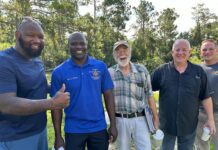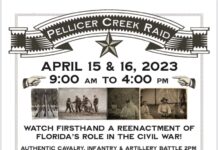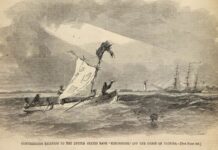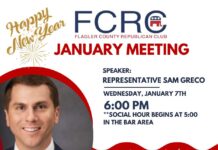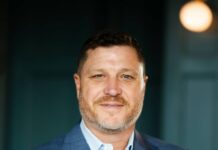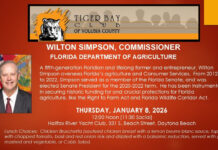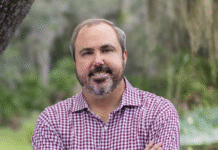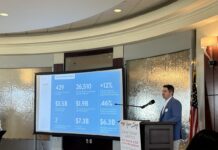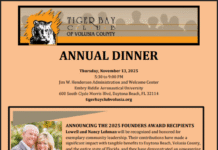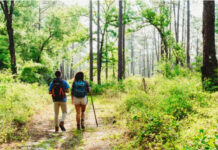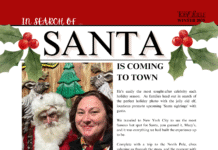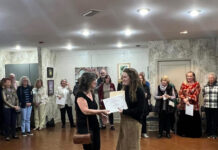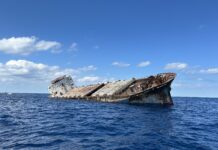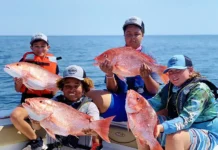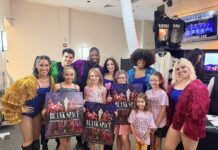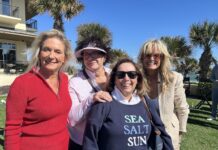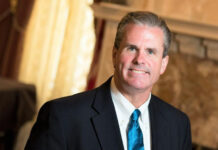Tell readers about yourself and how did you discover the Volusia/Flagler area?
Though my early years were spent in Ohio and my formative ones in South Carolina, I was fortunate to have Florida as the backdrop of my childhood summers. New Smyrna Beach, where my grandparents resided, became the epicenter of my happiest memories. Grandma Ginny and Grampa George built a simple beach cabin on concrete pillars on Van Kleeck Drive in the 1960s. There was never any air conditioning, and it was “glamping” – not a mansion like you see along the beach today. It was the place where my love for Volusia County blossomed. Mosquito Lagoon and Turtle Mound were my stomping grounds, where hours were lost in exploration. And what could rival the thrill of waking before dawn to join my grandfather on a surf-fishing expedition? Digging for sand fleas to use as fishing bait was a pastime I could indulge in for eternity.
Florida is not merely a cherished vacation destination for me; it is also deeply woven into the fabric of my family’s history. My great-grandmother, Cecilia Overstreet, was the daughter of George Washington Overstreet, a Florida pioneer and citrus farmer who settled in present-day Kissimmee. My grandfather, George Eby, maintained a farm on family land in Winter Garden, while my grandmother, Virginia Ricks Eby, hailed from Ocala. As a high school student, she even obtained a social security card from MGM Studios, allowing her to appear as an extra in newsreels alongside Newt Perry, a swimming instructor, and Ross Allen of the Reptile Institute at Silver Springs. Her filmography also includes feature films such as Moon Over Miami, which was shot at Silver Springs.
I now live in Lake Helen, where my husband was born and raised. I drove past his hometown my entire childhood, and now he and I are enjoying raising our two children in the old Florida charm of Lake Helen. We love that we are only a short 20-minute drive from New Smyrna Beach, my favorite place in the world.
How did your degree in landscape architecture help springboard you into the field of construction?
I’ve always considered myself incredibly fortunate to have attended Clemson University and earned a degree in a field I deeply cared about. My good fortune continued when I secured a position at a landscape architecture firm, where I spent five fulfilling years before making the decision to step away from my career to focus on early interventions for my child on the autism spectrum.
Upon returning to the workforce after my child’s interventions were complete, I was met with a disheartening reality: it was incredibly difficult to find anyone willing to hire me. This realization sparked a need within me to devise a new plan, to set a new goal, and to get creative with my skills. I was faced with the challenge of translating what I knew into what I needed to know in order to re-enter the workforce.
Then I stumbled upon Robins & Morton. I knew little about them other than the fact that they were builders, but I was determined to figure out how to become a builder myself. I was confident that my design background could be applied to this field, and I was determined to make it work.
However, the most fortunate aspect of this journey is that Robins & Morton shared my belief in my potential. They were willing to invest in me, and I was eager to learn. We worked together to create a path for my success.
I began my career in a jobsite assistant role. Through hard work and dedication, I was able to learn and grow, eventually earning my current position as Project Engineer.
My background in landscape architecture has been an enormous asset in my new role. For example, I “speak architect,” making it easy for me to communicate with them about designs and drawings. Additionally, my knowledge of how to read and draw plans has been invaluable. Furthermore, my understanding of water, soils, and the systems we build within has proven to be essential.
I am grateful for the opportunity to have transitioned from landscape architecture to construction engineering. It has been a challenging but rewarding journey, and I am excited to see what the future holds.
What types of projects have you worked on in the past and how rewarding is it to see a projected completed?
My journey with Robins & Morton began in 2015 with the neonatal intensive care unit (NICU) vertical expansion at AdventHealth Daytona Beach. It was a meaningful introduction to the world of healthcare construction, and I don’t think there could have been a better first project. From there, I worked on several renovation projects at the same campus before moving to AdventHealth Waterman in 2017 to build its emergency department expansion and renovate the central energy plant. We finished that project just as the COVID-19 pandemic began. Next, I worked at AdventHealth Port Orange, a free-standing emergency department. I loved that project, and it was a turning point in my career as it marked a shift from administrative tasks to more responsibilities in the field.
In 2022, I was assigned to a sterile processing department renovation at AdventHealth Palm Coast. This project led to my promotion to the role of construction coordinator, officially moving me out of the office and into the field working for the Superintendent. I loved every second of it, learning new things every day!
During that project, I was promoted to field engineer. The project was incredibly complex and sensitive. I recall that the state inspector with Florida Agency for Health Care Administration (AHCA) said at the final inspection that it was the most complex sterile renovation he had ever seen, and we made it look flawless. This is still one of the most meaningful compliments I have ever received, especially given the complexity of the construction. It meant a great deal to us working on that project that the work be flawless – it had to be – the surgeons and patients were counting on it. Delivering anything other than perfection was not an option.
From there, I went to the AdventHealth Palm Coast Parkway, a new 100-bed hospital project, seeing it through its final year of completion. It was an enormous project and my first full hospital build. I continued to learn and grow. I am the builder I am today because of that project.
Currently, I am working on the Freytag Plaza at AdventHealth Palm Coast. I am enjoying my team and the task ahead of us.
I am grateful for the opportunities I have been given to learn and grow in my career at Robins & Morton. I am excited to see what the future holds as I continue to contribute to the construction of meaningful projects that make a positive impact on the communities we serve.
How exciting is it to work on the new Freytag Plaza at AdventHealth Palm Coast, especially knowing what it will offer residents and those coming from far away to seek treatment that could save their life?
Being a part of the construction team for the Freytag Plaza at AdventHealth Palm Coast is incredibly exciting, knowing that the building will bring new comprehensive cancer treatment to this community, as well as adult rehabilitation services. It’s also special that I will be working with many members of the same team from the previous project. In construction, you spend an enormous amount of time with your teammates, so they matter to you not just professionally, but personally.
Healthcare construction is complex! And when you see the systems you build go into action and serve the community they were built for, it’s a level of reward that is emotionally charged. All of the hard work was for a common goal: a healthier and connected community.
I’m looking forward to completing this project that will have a lasting impact on the community, and I am grateful to have the opportunity to play a role in its creation.
The construction industry can provide a high quality of life. As part of Careers in Construction Month, what advice would you give to those considering a career in the construction industry?
If you thrive on solving problems and enjoy the satisfaction of completing challenging work, even under pressure, then construction is the right place for you. The rewards of seeing a project through from conception to completion are immense, and the knowledge that you are contributing to something that will have a lasting impact on the community is deeply fulfilling. In construction, every day brings new opportunities to learn and grow. You will be constantly faced with problems that need to be solved, and you will need to be able to think on your feet and come up with creative solutions. When you are able to overcome an obstacle and see a project come together, it is a feeling that is hard to beat.
Bonus: It seems we don’t have many women in the construction field (in Flagler we do have 4C’s owned and operated by a woman), so what challenges did you face, if any when starting this journey and what has been the most rewarding part about being in the construction industry?
Chealsea with 4C’s is a wonderful presence, and I always appreciate having her in the room. I say this because I believe that one of the most difficult aspects of being a woman in construction is the lack of representation. Most of the time, I am the only woman in the room.
I started noticing this during the AdventHealth Palm Coast sterile processing department renovation. During AHCA walkthroughs, I would often be the only woman in a room of 20 men. At the AdventHealth Palm Coast 100-Bed project, I counted, and I was the only woman in a room of 36 men.
And then it hit me – it matters that I am here. It matters that I am in meetings, that I work on layouts in the field, that I coordinate projects, and that I speak at any table that will invite me to sit. And the best part is being in those rooms, speaking at those tables, and being really good at what I do.
To all the women out there who are considering a career in construction, I say this: Don’t be afraid to take a seat at the table. Your voice matters. Your presence matters. You can achieve anything you set your mind to. We just have to start showing up in those spaces so other women see it is possible. Every day I show up, I do it not just for myself, but for any other woman who wants to see that she can do it, too. She can. So don’t be afraid to take a seat at the table. You can make a difference.
